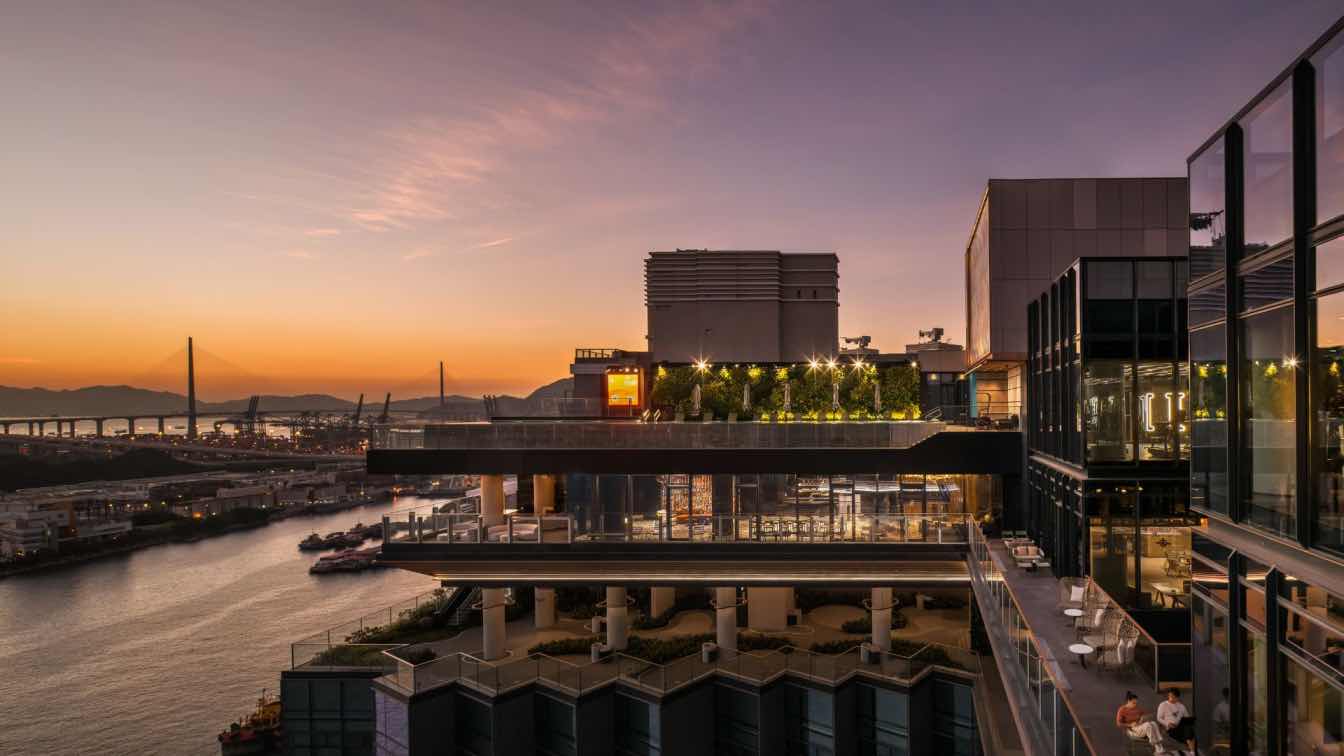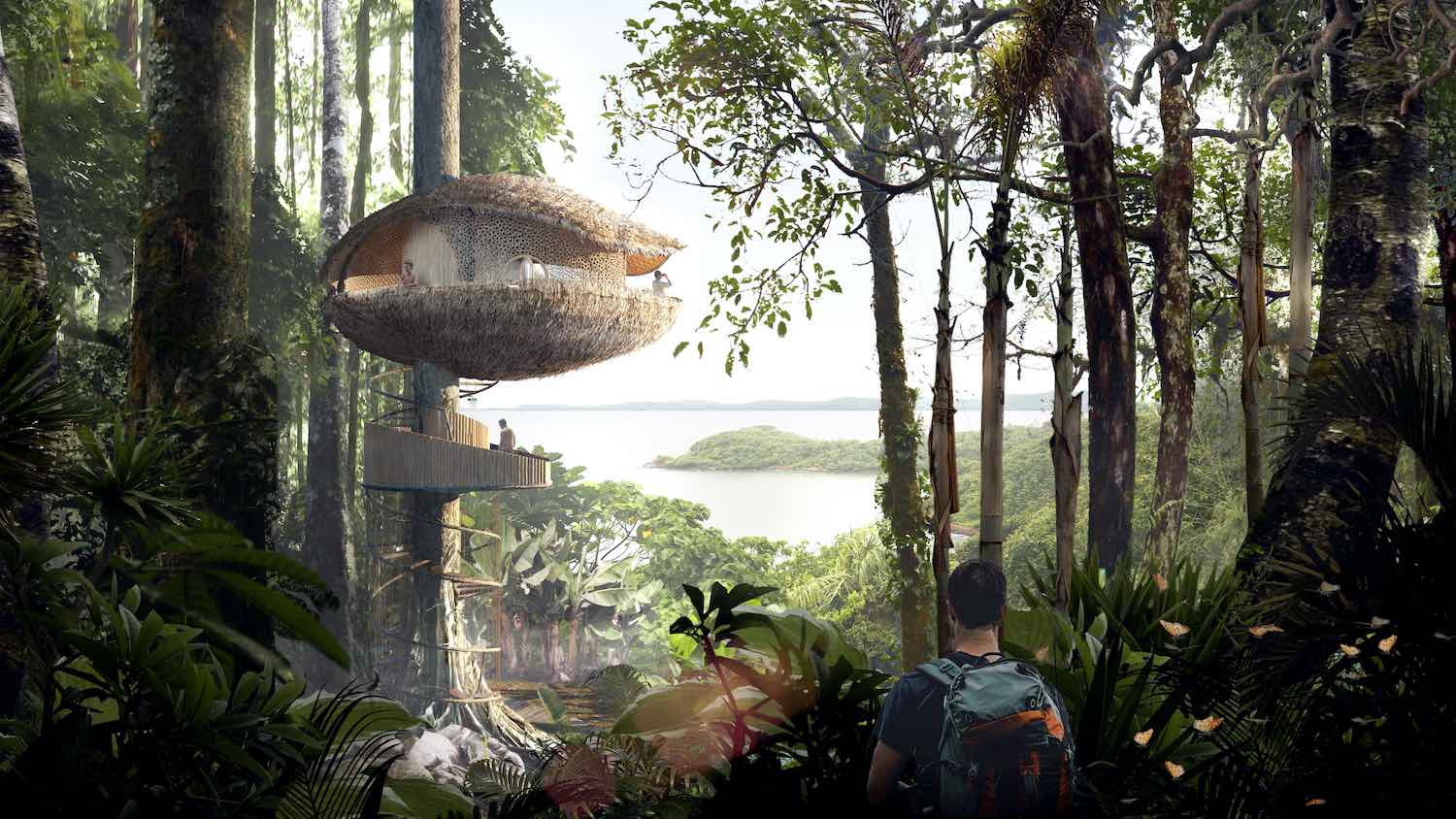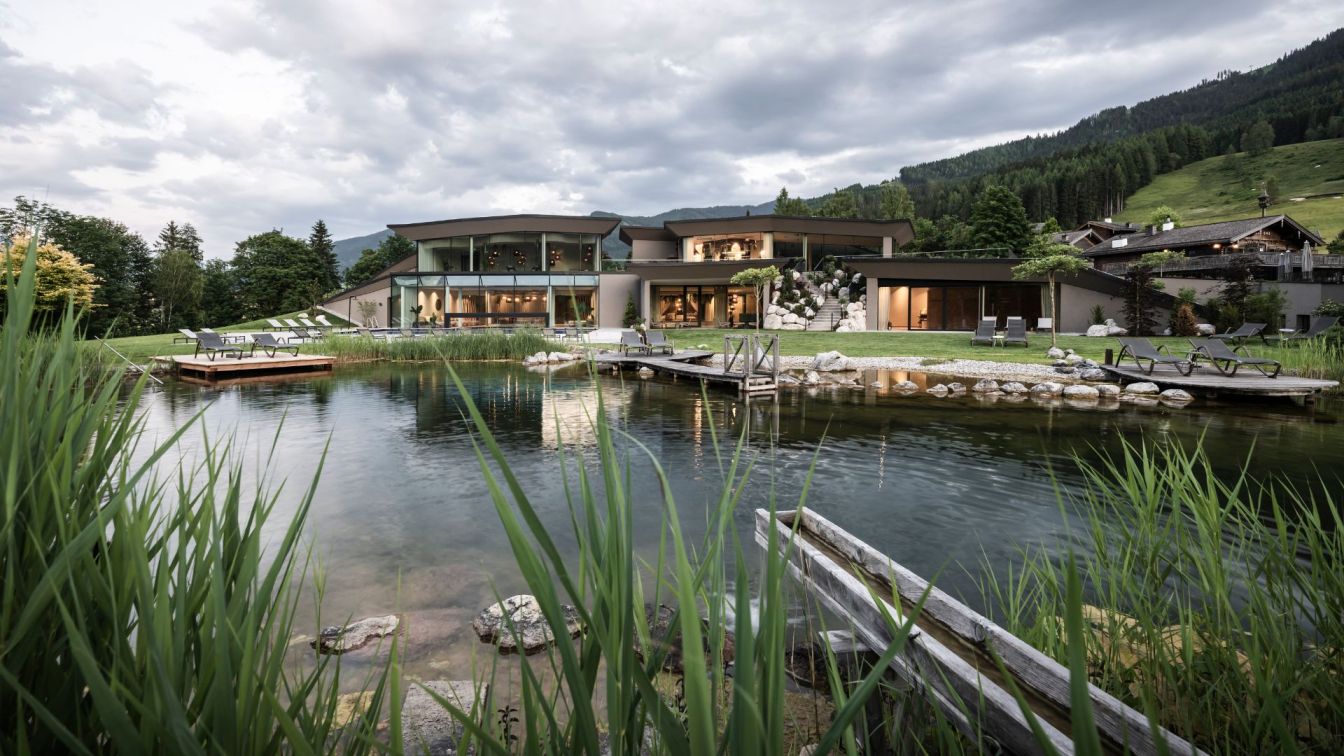The Design Institute of Landscape and Architecture China Academy of Art: Chaozhou, a thousand-year-old ancient city with the phoenix as its totem. Time has given the city a rich cultural background. Paifang Street is the most complete traditional residential block with preserved buildings in Ming and Qing Dynasties in Chaoshan area of eastern Guangdong. Among the dozens of ancient arches and ancient dwellings in the Ming and Qing dynasties, there are stories circulating in every lane, deeply interpreting the reverie and thoughts about an ancient city. The aroma of phoenix dancong in the air and residents drinking kung fu tea can be seen everywhere. On the stage at the end of the alley, there is a tidal show with gongs and drums. In the interlaced light and shadow, the encounter between history and time is full of imagination.
Tide Hotel is just here!
The Chaozhou Hotel takes the fusion of Chaozhou traditional culture and contemporary trends. These two seemingly unrelated combinations have produced a group of "trend-goers" who dare to take the lead in this land: they are chasing new things, willing to try, echoing the The vitality and dynamism of "Tide" retains the respect that is deeply infiltrated by culture, but is also eager to understand and express. This "tide" represents a way of perceiving the world, building a bridge to the future on a deep contextual basis. How to build a vacation experience space that combines contemporary trends and traditional Chaoshan culture in such a thousand-year-old ancient city beyond the time trajectory is the core thinking of the design team in this creation, and the story about "tide" and various forms of life , and also slowly unfolds from here.
NIRVANA MEMORY
Chaozhou Paifang Street is the largest ancient Paifang Street in China. Historically, it was the political center of eastern Guangdong, where the state, road and government are located. As the tallest building in the ancient city of Chaozhou, the main building of Chaozhou Hotel benefits from the long and slow pace of life in the city. The fusion of cultural backgrounds such as Ming and Qing buildings, arcades, and Nanyang style has formed a unique street style. In order to achieve harmonious coexistence with the native environment, the design team reorganized the functional structure by optimizing the facade and body structure of the building, using shells in marine culture as elements, and introducing a large number of arcs and arches into the facade. In the construction of the surface, combined with the paradigm of arcades in the local culture, the environment and the changing intentions of the trend are fully integrated.

In the traditional old lanes and streets, the light and smooth lines outline the moving silhouettes in the natural habitat, and the phoenix is reborn from the ashes. And this building is even more rejuvenated, and the vitality, coolness and traditional streets form a playful echo. Here, the integration of the environment becomes a discussion focused on the moment, full of the vitality and unique thinking of market life. At the entrance of the hotel, two box structures are used to nest each other. A natural transition is achieved between the bustling city atmosphere and the quiet interior space, making the entry action full of drama. The giant trendy dolls on the side of the entrance and the mirror surface complement each other, weaving a trendy rhythm of traditional dialogue.
The design opens up and deconstructs the first and second floors of the original building, creating a new void space in the old building shape. The metal top surface with a smooth curve and architectural form presents a trendy and fashionable attitude in space. The fierce hedging of different textures instantly raises the body feeling of the cramped space. It also has a spacious and calm space temperament, which is also reflected in the renovation project. The rich language expression of the fusion of tradition and modernity. Color shapes our perceptions, like thread on a fine needle, and subtle changes are enough to drive our emotions and stitch our subtle feelings together. This refinement is gradually disappearing from our modern life. Chaozhou culture is known for its "fineness". What the design team wanted to convey is to amplify people's perception through this fineness and reawaken the ripples in memory.
The timeless art of inlaying porcelain is an immortal symbol of the prosperity of Chaozhou people from generation to generation. The design team traces its origins, and has always been in awe of the inheritance and development of culture. Using contemporary techniques to create and reorganize, bring the unique beauty of inlaid porcelain art into modern space. As an important cultural landscape of the Tide Hotel, it allows more people to have a port to understand the art of inlaid porcelain, in order to open up the link between traditional craftsmanship and modern space, so that the inheritance of cultural genes can be traced.

INHERIT&EXPRESSION
"I would like to be a guest of Phoenix Tea Mountain, not to be a drunken fairy of apricot blossoms", Chaozhou has beautiful natural scenery, the Phoenix Mountain in its territory is beautiful, and its representative Phoenix Dancong is famous all over the world, and Phoenix is an ancient totem of the Chinese nation. Symbols and spiritual sustenance are deeply and closely related to the genetic inheritance of this Lingnan town. The thousand-year-old tide embroidery has always been regarded as an important factor in the oriental aesthetic philosophy. The design team intends to integrate and refine traditional embroidery techniques with contemporary life, contemporary art, and contemporary culture, and apply them to the experience of indoor scenes, becoming an important carrier for linking cultural context inheritance.
The phoenix symbolizes auspiciousness, has the persistent spirit of perseverance and courage to pursue, and also symbolizes the Chaozhou spirit. As the pioneer representative of Chaozhou culture, Chao Hotel bears the brunt of this cultural banner. With the change of the times, the handicraft skills that used to be everywhere gradually faded out of history. The design team combined traditional craftsmanship with technology in the theme application of the space, and constantly tried to innovate, reinterpret the fine and elegant trendy culture, and let the rich inheritance of trendy embroidery Genes are re-recognized by more people.
People are always good at finding a spiritual home for themselves. This kind of search is hidden in the space culture of trendy hotels. The lifelike phoenix and the interesting carp hide the "blessing" written by time in every totem. There is the original appearance of life here, carrying the warmth of the brand to travelers, and the design conveys the surprise of chance encounters at a certain time in a deep or shallow way. The exclusive terrace is the precise coordinate of the luxury meaning of the resort. Taking into account the safety of the building structure, the design adds a curved terrace to the guest room, which not only links the prosperous market outside the window, but also adds a touch of life and nostalgia to the cultural journey.

ILLATION OF TRENDS
The design thinking of the trendy hotel is more about the integration and collision of brand and traditional culture, and follows the laws of urban development, using space as the carrier to extend more connection meanings with familiar scenes, cultures and spirits. The form that does not succumb to the contemporary trend is more of the spirit and attitude of the fearless pursuit of dreams belonging to the power of the times. Chaozhou is named after the meaning of "in Chaozhou, the tide reciprocates", and the boundless waves on the top floor of Chaozhou Hotel are the transforming power endowed by Chaozhou's natural geographical advantages, and it is the most comfortable existence of Chaozhou Hotel. Whenever the sun goes down, the afterglow of the setting sun casts the reflection of the city in the water, sits against a railing with friends, drinks a little drunk, and the moonlight shines on the shoulders of travelers.
The all-day dining restaurant on the eighth floor uses localized traditional materials, combined with the neon light and shadow of the sky, to create a cool visual experience. When the night falls in the city, the three-sided panoramic floor-to-ceiling windows reflect the outline of the city. In the rich and changing space, it is always full of vitality. In the intoxicating music, a glass of Dry Martini overlooks this thousand-year-old ancient city. The starlight radiating from the metal top surface, combined with the afterglow of the sunset outside the window and the lights of thousands of homes, all express the colorful picture of contemporary life. Doing a spiritual outing in the time and space spanning the past and the present has the freshness of being in other places, and there are also urban cultural symbols that are calm and indifferent in memory.
Chaozhou Kung Fu Tea is the most shining star in Chinese tea art. It was developed based on the drinking method of "loose tea" in the Tang and Song Dynasties. It is the most representative example of Chaoshan culture, and it is also a memory time and cultural heritage. Continuing the dialogue with the traditions of heaven and earth.


























About
The Design Institute of Landscape & Architecture China Academy of Art Co., LTD. was founded in 1984. It has the Grade A qualification of Architecture Industry (Architectural engineering), the Grade A Qualification of Landscape Engineering Design, the Grade A Qualification of Interior Decoration Design, the Grade B Qualification of urban and rural planning, the Grade B qualification of municipal industry specialty, and the Grade C qualification of survey and design of cultural relics protection engineering issued by the Ministry of Construction. It can undertake the corresponding construction project general contracting business and related technical and management services within the scope of the qualification certificate. In 2014, the company officially passed the ISO9001, ISO14000, GB/T18001 three-in-one system certification, and in 2019, the company passed the 3A certification.
Relying on the strong academic background and rich academic nourishment of China Academy of Art, the Academy takes the academic goal of the first department of environmental art in China as its purpose, and adopts the overall operation policy of "relying on the Academy and serving the society" to make use of the college's strong talent and advantageous subject groups. The design institute has a full range of national, international, era of academic vision and research atmosphere.
After years of efforts and development, the General Research Institute has formed 15 design branches, 4 branches, 3 centers and 3 directly affiliated studios. We undertake thousands of projects every year. There are 131 registered teachers of all kinds, more than 700 intermediate titles, including more than 200 senior engineers. Strong talent strength, but also has a number of well-known designers influence the development of the industry, to build the industry reputation of the design iron army.





